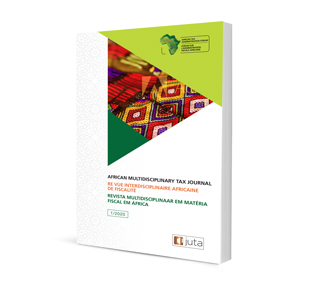Civic pride and tax compliance in Kenya

Civic pride and tax compliance in Kenya
Authors: Clement Otindo (Clement.otindo@kra.go.ke), Racheal Mbaire (Racheal.mbaire@kra.go.ke), Jane Kanina (Jane.kanina@kra.go.ke)
ISSN: 2709-8575
Affiliations: Research Economist
Source: African Multidisciplinary Tax Journal, 2021 Issue 1, p. 149-168
https://doi.org/10.47348/AMTJ/
Abstract
Every government aspires to foster voluntary tax compliance; thus, the need to understand what citizens think about paying taxes other than taxes being a legal requirement. This paper analysed data collected through a nationwide survey on tax compliance. An ordered probit regression model was employed to examine the relationship between civic pride and tax compliance in Kenya. The findings indicated that tax compliance pertains to the relationship between individuals and the state. Individuals who are proud to be Kenyan and have faith in both the Kenya Revenue Authority (KRA) and the government depicted higher levels of compliance than those who were not proud and did not have faith in the institutions. Other factors that were found to significantly influence voluntary tax compliance in Kenya included age, gender, satisfaction with democracy, corruption in government and a fair tax system. Therefore, to improve voluntary tax compliance, the government and tax administration should adopt strategies aimed at increasing taxpayers’ confidence in the system. This include improved service delivery to the citizenry especially health and education, fair and equitable distribution of resources, fair treatment to all, eradication of corruption and having a fair tax system.